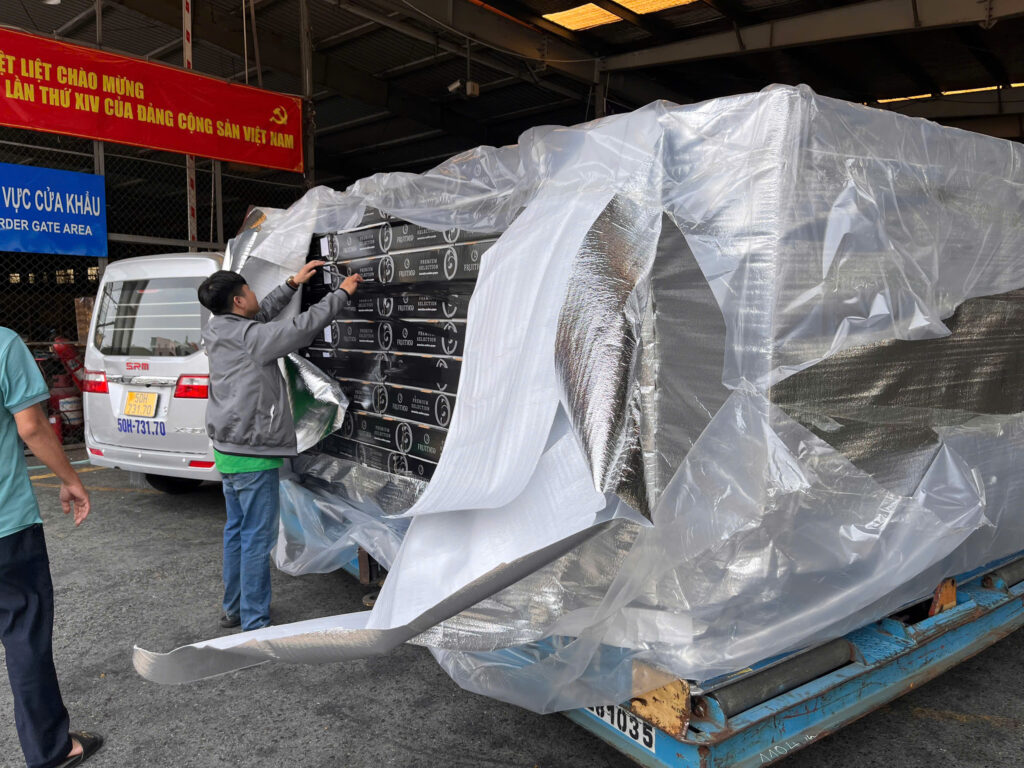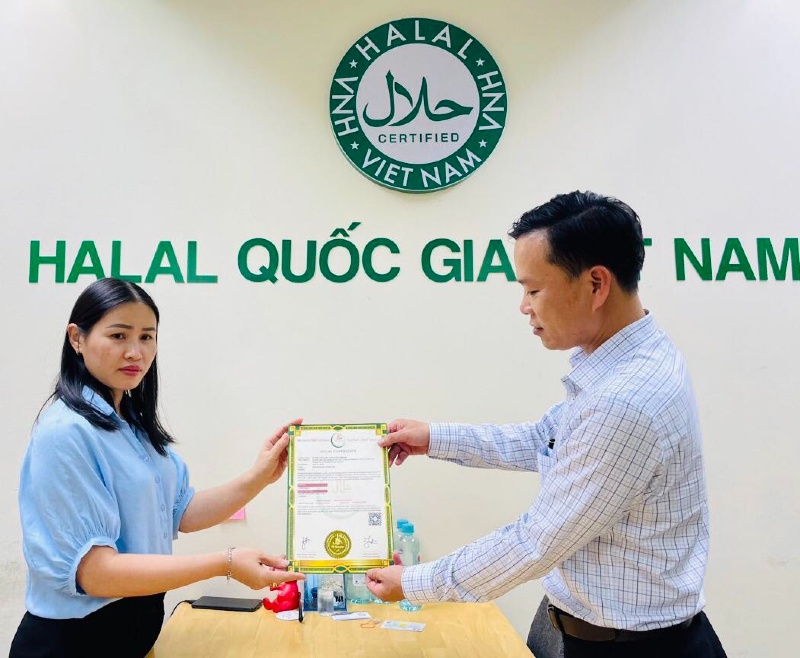
Financial daily newspaper Financial Times (UK) recently published an article commenting on the moment Vietnam economy The transformation has arrived and Vietnam must take advantage of the boom in manufacturing activities for long-term development.
In the article, Financial Times pointed out that after decades of showing promise, the moment for Vietnam's economy to transform seems to have finally come. In 2022, Vietnam's economy will grow the fastest in Asia, with a growth rate of 8%. Vietnam is one of the few economies globally to achieve growth for 2 consecutive years since the COVID-19 pandemic.
In 2022, foreign direct investment (FDI) in Vietnam increased to more than 20 billion USD, the highest level in a decade, mainly from Japan, Singapore and China. Many of the world's leading businesses such as Dell, Google, Microsoft and Apple have moved part of their supply chains to Vietnam and are gradually transforming more strongly in the "China +1" policy.
The newspaper pointed out, in the 1980s, Vietnam has transformed its economy towards more openness. Along with that, the advantage of location near China, young, well-trained workforce, and low prices have attracted manufacturers. Initially, "Made in Vietnam" items were just clothes and shoes, but now Vietnam has become a place to produce more high-end electronic devices such as Apple's AirPod.
"In recent decades, rapid export-led growth has helped millions of people escape poverty, but Vietnam's economy is now at a decisive moment" - Financial Times affirmed.
The British newspaper pointed out that in the short term, to continue attracting investors, Vietnam needs to strengthen its business environment. In the long term, to meet the ambitious goal of becoming a high-income economy by 2045, the Vietnamese Government needs to take advantage of production growth to diversify the economy.
Financial Times also noted that in the next decade, Vietnam must improve production capacity to meet the increasing needs of foreign investors' business plans.
The young demographic advantage brings an abundant labor force, but the demand for skills is increasing. Vietnam's schools are globally superior, but the quality of vocational training and higher education needs to be improved.
In addition, Vietnam needs to cut regulations, procedures and upgrade infrastructure as the power grid is under pressure from growing industrial demand.
The Financial Times noted that the goal of becoming a high-income country is not easy. In the late 1990s, Malaysia and Thailand were on a similar trajectory to Vietnam today. However, these two countries fall into the "middle income trap", unable to transition from a low-cost economy to a high-value economy, thus having difficulty competing with other countries. low and high income.
As Vietnam's economy develops, wages will also increase. Therefore, Vietnam cannot forever rely on the low-cost model. The dependence of growth on exports will also make Vietnam vulnerable to a volatile global trade environment.
Over time, Vietnam needs to reinvest to support the development of more intelligent and productive labor sectors to meet its goal of becoming a high-income country. Services that are the backbone of the economy such as finance, logistics and legal services create highly skilled jobs, while adding value to existing industries.
The World Bank recommends that Vietnam provide more support for technology application, increase management skills and continue to reduce barriers to FDI in the service sector.
“The excitement about the business environment in Vietnam is understandable. However, Vietnam still has much to do to turn the current trend of "risk reduction" into long-term prosperity" - the Financial Times article emphasized.
Read the original article here This.







